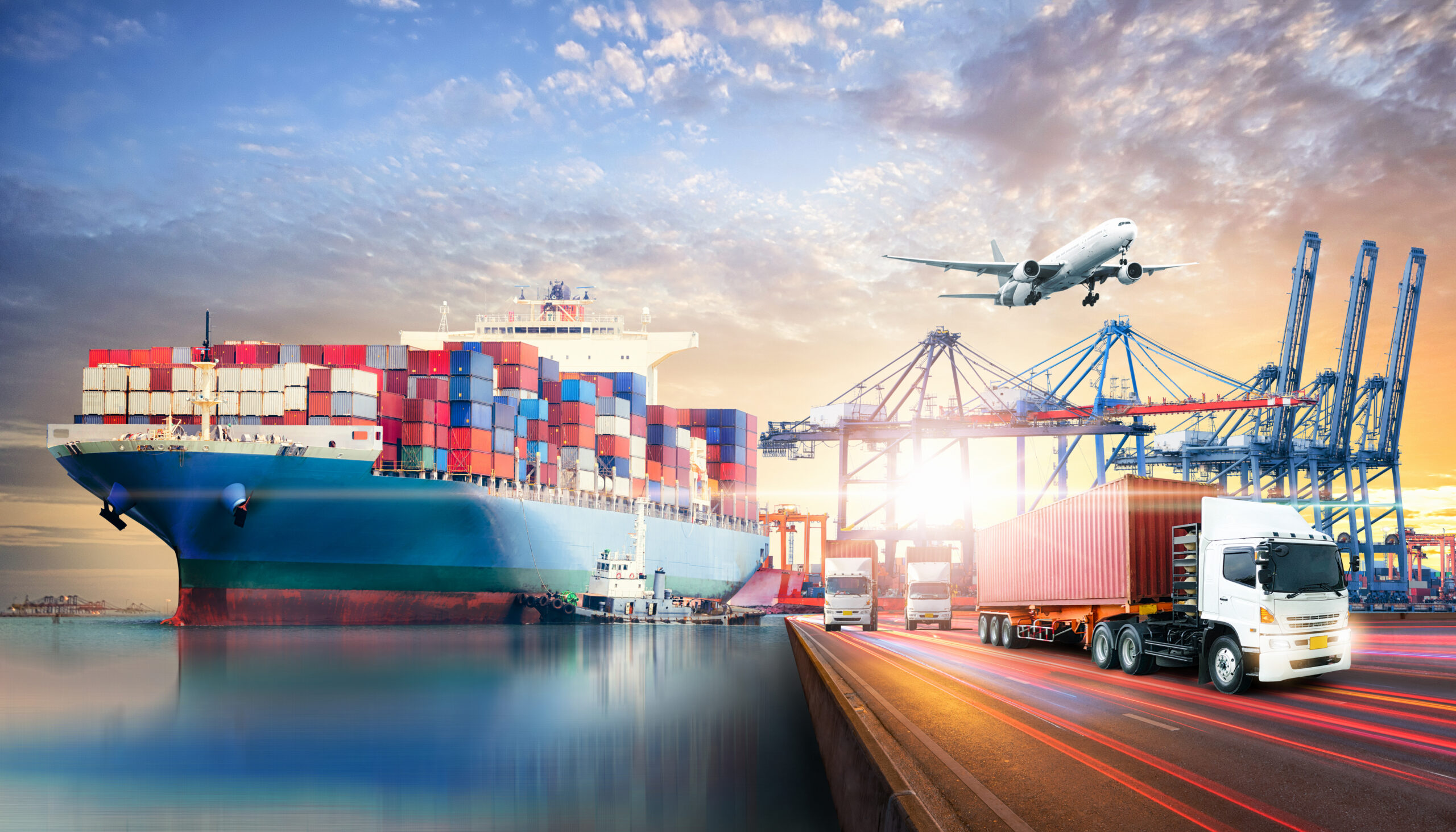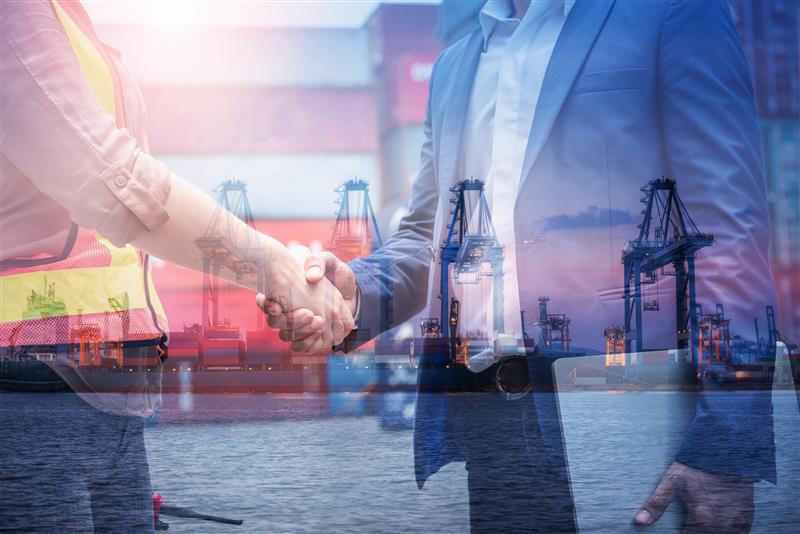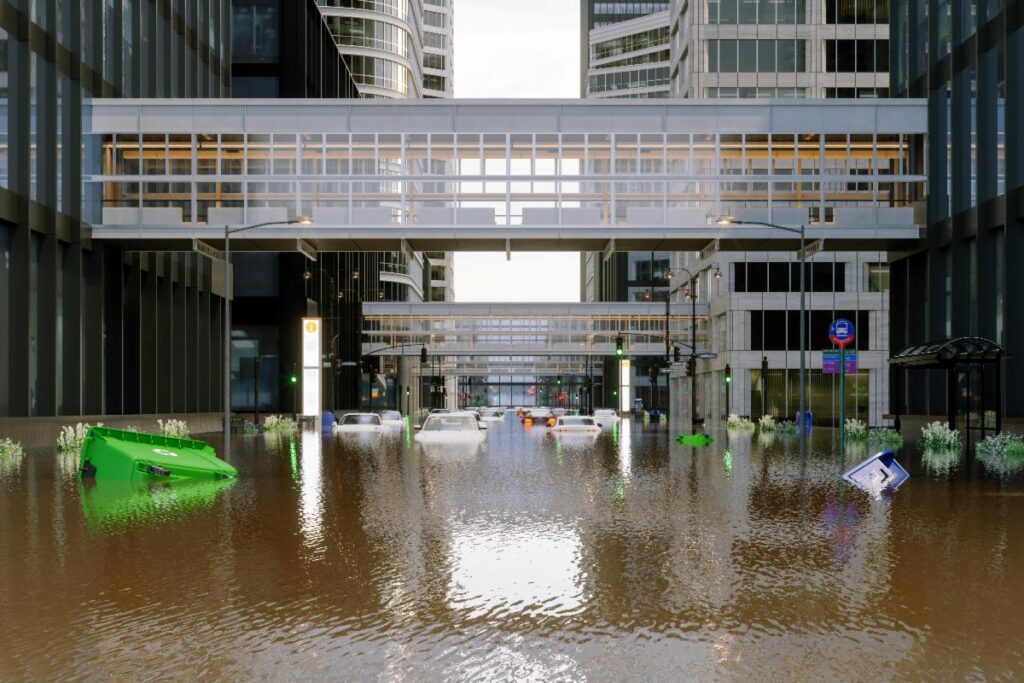Insights & Research
Generating novel thought leadership that advances the global dialogue around our key areas of focus is a critical component of our work. Learn more about some of our selected insights below
Our Latest Insights


































Other Featured Insights




Need a speaker from Telesto?
Please complete the form to help us understand whether we can help and to assess our experts' availability.
podcast

Telesto Virtual Events
Lorem Ipsum is simply dummy text of the printing and typesetting industry. Lorem Ipsum has been the industry’s standard dummy text ever since the 1500s, when an unknown printer took a galley of type and scrambled it to make a type specimen book. It has survived not only five centuries, but also the leap into electronic typesetting, remaining essentially unchanged. It was popularised in the 1960s with the release of Letraset sheets containing Lorem Ipsum passages, and more recently with desktop publishing software like Aldus PageMaker including versions of
webcast

Telesto Virtual Events
Lorem Ipsum is simply dummy text of the printing and typesetting industry. Lorem Ipsum has been the industry’s standard dummy text ever since the 1500s, when an unknown printer took a galley of type and scrambled it to make a type specimen book. It has survived not only five centuries, but also the leap into electronic typesetting, remaining essentially unchanged. It was popularised in the 1960s with the release of Letraset sheets containing Lorem Ipsum passages, and more recently with desktop publishing software like Aldus PageMaker including versions of
TELESTOSTRATEGY IN THE NEWS
Reports issued by the McKinsey Global Institute are often cited in international media, and MGI authors frequently contribute to leading business publications.

